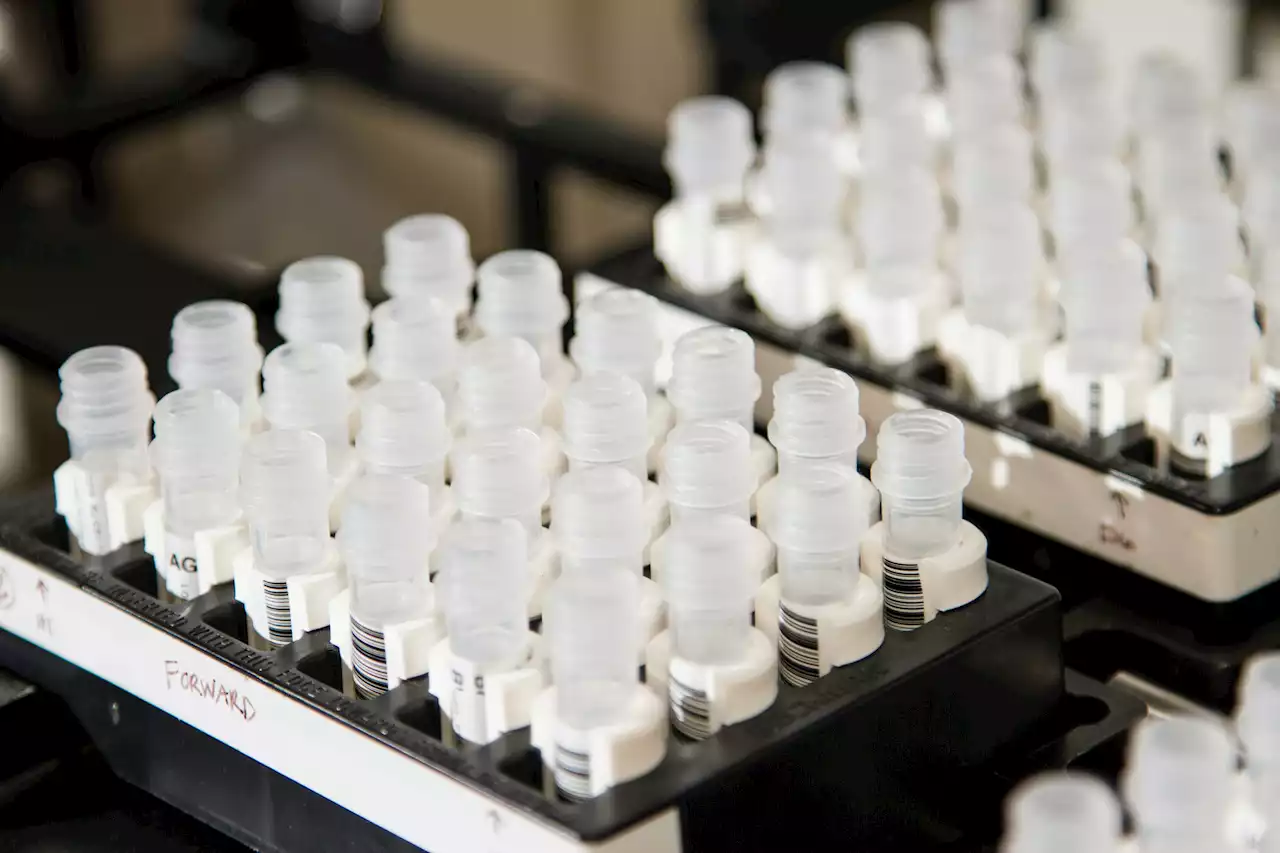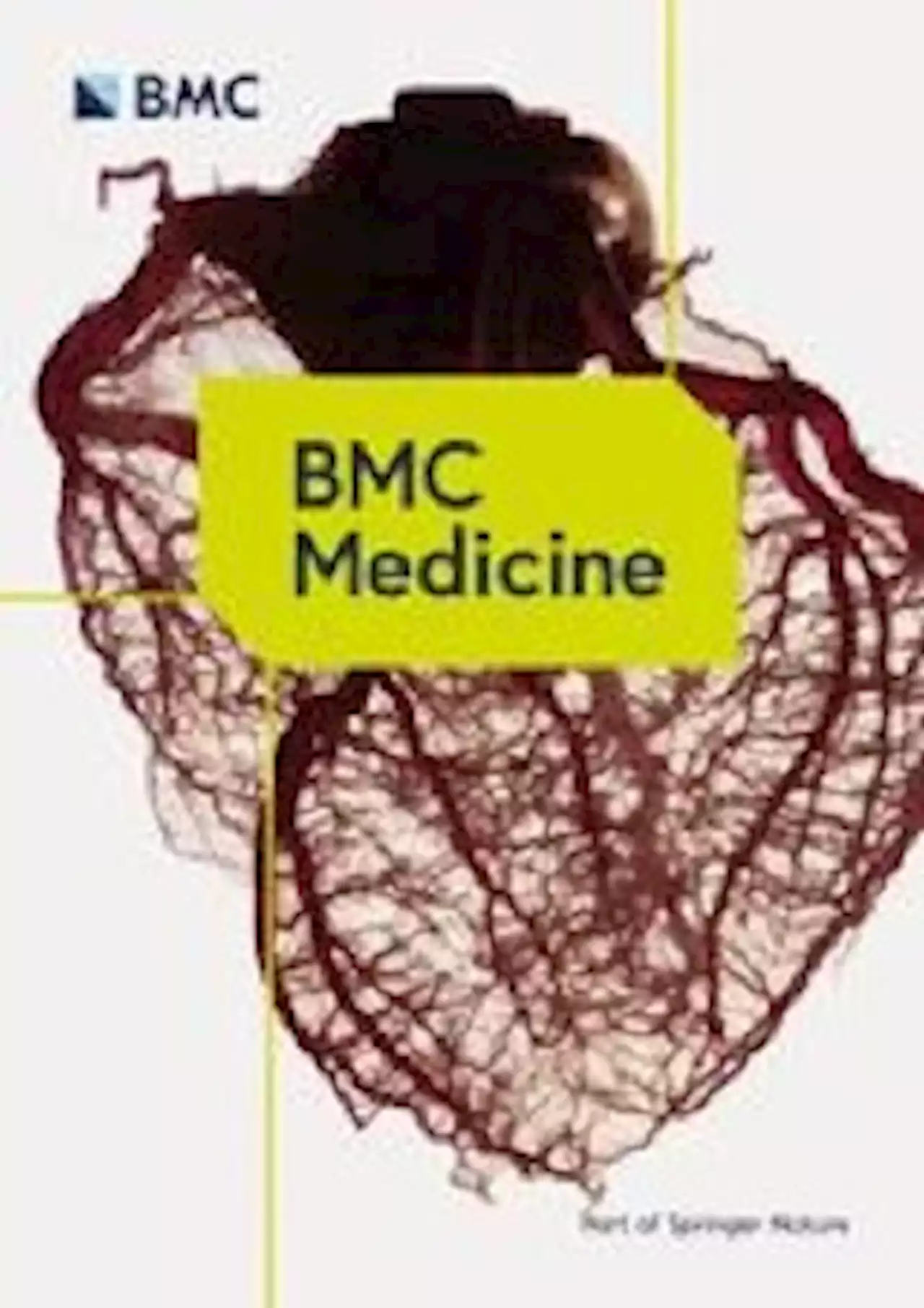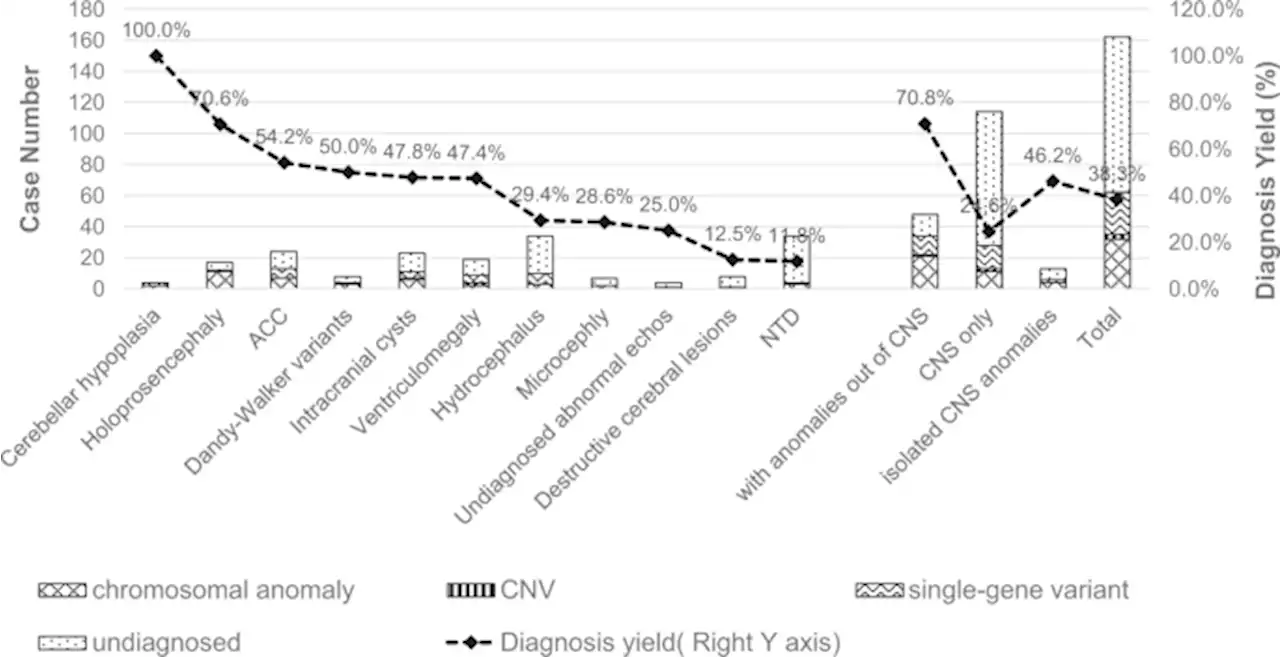Whole-genomesequencing offers a more comprehensive prenatal test
Although WGS is a suitable method for identifying fetal CNS anomalies, our approach has some limitations. Firstly, triploids were not analyzed in this study. Furthermore, due to the lack of large-scale databases, it was difficult to determine the clinical significance of variants in introns and noncoding areas.
. To be simplified, approximately of 200 mg tissue was diced and homogenated with 2 ml of lysis buffer. Then the tissue lysates were incubated at 65°C with 0.2 ml of 10% SDS and 0.5 ml of a protease K solution for 30 min. After incubation, 2 ml of 6 M NaCl was added and vigorously shaken several times, followed by centrifugation at 12,000 rpm for 5 min. The supernatant was transferred and 2 volumes of absolute ethanol was added.
United Kingdom Latest News, United Kingdom Headlines
Similar News:You can also read news stories similar to this one that we have collected from other news sources.
 Unexplored genomic control regions yield the key to finding causes of rare diseaseScientists have discovered the cause of a rare condition within a part of the genome that has been largely unexplored in medical genetics. A team at the University of Exeter has found genetic changes in a region that controls the activity of the genome, turning on or off genes, and in doing so they have found a key that could unlock other causes of rare conditions.
Unexplored genomic control regions yield the key to finding causes of rare diseaseScientists have discovered the cause of a rare condition within a part of the genome that has been largely unexplored in medical genetics. A team at the University of Exeter has found genetic changes in a region that controls the activity of the genome, turning on or off genes, and in doing so they have found a key that could unlock other causes of rare conditions.
Read more »
 Personalising whole genome sequencing doubles diagnosis of rare diseasesTailoring the analysis of whole genome sequencing to individual patients could double the diagnostic rates of rare diseases, finds a new study led by UCL researchers.
Personalising whole genome sequencing doubles diagnosis of rare diseasesTailoring the analysis of whole genome sequencing to individual patients could double the diagnostic rates of rare diseases, finds a new study led by UCL researchers.
Read more »
 Americans Say They Feel Pretty Good—at Least Compared to the Country as a WholeA recent TIME/Harris survey found that only about a quarter of Americans said their feelings about the state of the nation are “positive.” And yet, asked in the same poll about their own feelings, Americans were measurably less downbeat
Americans Say They Feel Pretty Good—at Least Compared to the Country as a WholeA recent TIME/Harris survey found that only about a quarter of Americans said their feelings about the state of the nation are “positive.” And yet, asked in the same poll about their own feelings, Americans were measurably less downbeat
Read more »
 Win the Same Bike Braydon Bringhurst Used to Climb UP All 8600' of The Whole Enchilada!Braydon Bringhurst did the unthinkable by climbing every bit of the Whole Enchilada trail. Now, you can win his bike and support a great cause
Win the Same Bike Braydon Bringhurst Used to Climb UP All 8600' of The Whole Enchilada!Braydon Bringhurst did the unthinkable by climbing every bit of the Whole Enchilada trail. Now, you can win his bike and support a great cause
Read more »
 Viral whole genome study in the United States identifies ORF-disrupting mutations in monkeypox virusResearchers used whole genome sequencing to evaluate monkeypox virus samples from Washington and Ohio states in the United States and identified 25 samples with open reading frame (ORF)-disrupting mutations.
Viral whole genome study in the United States identifies ORF-disrupting mutations in monkeypox virusResearchers used whole genome sequencing to evaluate monkeypox virus samples from Washington and Ohio states in the United States and identified 25 samples with open reading frame (ORF)-disrupting mutations.
Read more »
 Mendelian randomization analysis of factors related to ovulation and reproductive function and endometrial cancer risk - BMC MedicineBackground Observational epidemiological studies suggest a link between several factors related to ovulation and reproductive function and endometrial cancer (EC) risk; however, it is not clear whether these relationships are causal, and whether the risk factors act independently of each other. The aim of this study was to investigate putative causal relationships between the number of live births, age at last live birth, and years ovulating and EC risk. Methods We conducted a series of observational analyses to investigate various risk factors and EC risk in the UK Biobank (UKBB). Additionally, multivariate analysis was performed to elucidate the relationship between the number of live births, age at last live birth, and years ovulating and other related factors such as age at natural menopause, age at menarche, and body mass index (BMI). Secondly, we used Mendelian randomization (MR) to assess if these observed relationships were causal. Genome-wide significant single nucleotide polymorphisms (SNPs) were extracted from previous studies of woman’s number of live births, age at menopause and menarche, and BMI. We conducted a genome-wide association analysis using the UKBB to identify SNPs associated with years ovulating, years using the contraceptive pill, and age at last live birth. Results We found evidence for a causal effect of the number of live births (inverse variance weighted (IVW) odds ratio (OR): 0.537, p = 0.006), the number of years ovulating (IVW OR: 1.051, p = 0.014), in addition to the known risk factors BMI, age at menarche, and age at menopause on EC risk in the univariate MR analyses. Due to the close relationships between these factors, we followed up with multivariable MR (MVMR) analysis. Results from the MVMR analysis showed that number of live births had a causal effect on EC risk (OR: 0.783, p=0.036) independent of BMI, age at menarche and age at menopause. Conclusions MVMR analysis showed that the number of live births causally reduced the ri
Mendelian randomization analysis of factors related to ovulation and reproductive function and endometrial cancer risk - BMC MedicineBackground Observational epidemiological studies suggest a link between several factors related to ovulation and reproductive function and endometrial cancer (EC) risk; however, it is not clear whether these relationships are causal, and whether the risk factors act independently of each other. The aim of this study was to investigate putative causal relationships between the number of live births, age at last live birth, and years ovulating and EC risk. Methods We conducted a series of observational analyses to investigate various risk factors and EC risk in the UK Biobank (UKBB). Additionally, multivariate analysis was performed to elucidate the relationship between the number of live births, age at last live birth, and years ovulating and other related factors such as age at natural menopause, age at menarche, and body mass index (BMI). Secondly, we used Mendelian randomization (MR) to assess if these observed relationships were causal. Genome-wide significant single nucleotide polymorphisms (SNPs) were extracted from previous studies of woman’s number of live births, age at menopause and menarche, and BMI. We conducted a genome-wide association analysis using the UKBB to identify SNPs associated with years ovulating, years using the contraceptive pill, and age at last live birth. Results We found evidence for a causal effect of the number of live births (inverse variance weighted (IVW) odds ratio (OR): 0.537, p = 0.006), the number of years ovulating (IVW OR: 1.051, p = 0.014), in addition to the known risk factors BMI, age at menarche, and age at menopause on EC risk in the univariate MR analyses. Due to the close relationships between these factors, we followed up with multivariable MR (MVMR) analysis. Results from the MVMR analysis showed that number of live births had a causal effect on EC risk (OR: 0.783, p=0.036) independent of BMI, age at menarche and age at menopause. Conclusions MVMR analysis showed that the number of live births causally reduced the ri
Read more »
